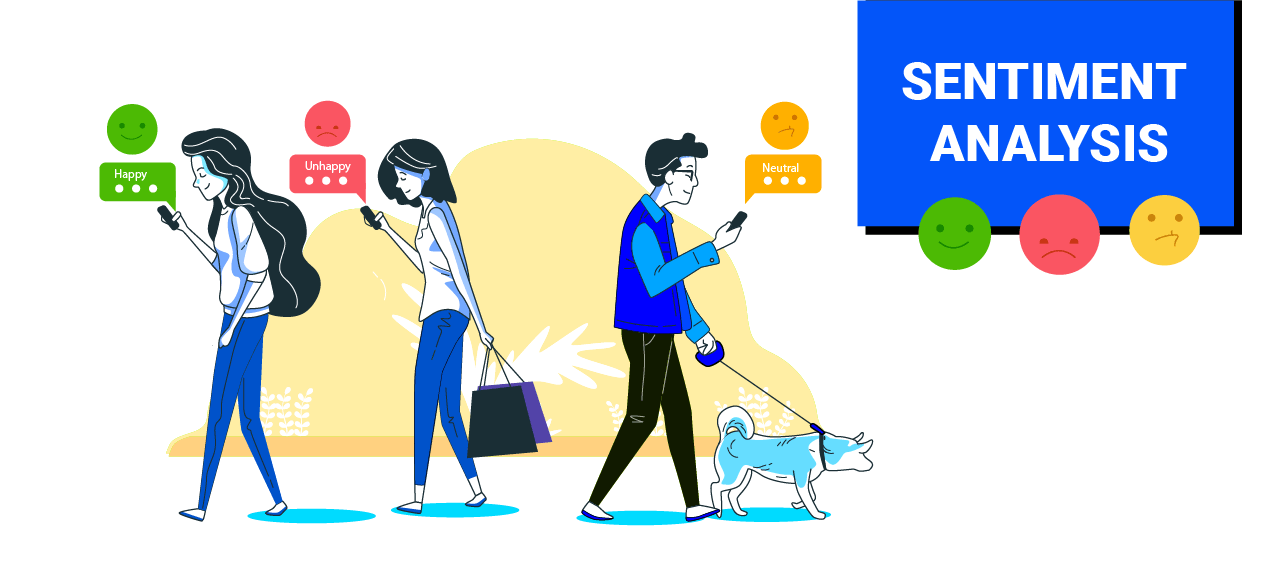Twitter Data Analysis

With the advancement of web technology and its growth, there is a huge volume of data present in the web for internet users and a lot of data is generated too. Internet has become a platform for online learning, exchanging ideas and sharing opinions. Social networking sites like Twitter, Facebook, Google+ are rapidly gaining popularity as they allow people to share and express their views about topics, have discussion with different communities, or post messages across the world.
Scraping the tweets
The Twitter API is very flexible, in the sense that there are multiple ways in which you can get the data that intrigues you.
You can get the tweets of a certain user using the function user_timeline()
You can retrieve all the geo tagged tweets using the function geo_search().
This function retrieves the tweets that are filtered by specific location.
You can filter the tweets using a specific word or query.
Sentiment analysis (SA) tells user whether the information about the product is satisfactory or not before they buy it. Marketers and firms use this analysis data to understand about their products or services in such a way that it can be offered as per the user‟s requirements.
Textual Information retrieval techniques mainly focus on processing, searching or analyzing the factual data present. Facts have an objective component but,there are some other textual contents which express subjective characteristics. These contents are mainly opinions, sentiments, appraisals, attitudes, and emotions, which form the core of Sentiment Analysis (SA). It offers many challenging opportunities to develop new applications, mainly due to the huge growth of available information on online sources like blogs and social networks.
Project Pipeline
Import Necessary Dependencies
1. Read and Load the Dataset
2. Exploratory Data Analysis
3. Data Visualization of Target Variables
4. Data Preprocessing
5. Splitting our data into Train and Test Subset
6. Transforming Dataset using TF-IDF Vectorizer
7. Function for Model Evaluation
8. Model Building
Tasks
NLP Architecture

Converting Tweets into DataFrame

Top most Hastags from the Tweets
.png)
Scatter Plot of Tweets Sentiment
.png)
Scatter Plot of Tweets Emotion over Time
.png)
Geo-Ploting of Tweets


Topic Modelling

.png)
.png)
.png)
Conclusion and Application of Sentiment Analysis
Sentiment Analysis has many applications in various Fields.
1.Applications that use Reviewsfrom Websites:
Today Internet has a large collection of reviews and feedbacks
on almost everything. This includes product reviews, feedbacks
on political issues, comments about services, etc. Thus there is
a need for a sentiment analysis system that can extract
sentiments about a particular product or services. It will help us
to automate in provision of feedback or rating for the given
product, item, etc. This would serve the needs of both the users
and the vendors.
2. Applications as a Sub-component Technology
A sentiment predictor system can be helpful in recommender
systems as well. The recommender system will not recommend
items that receive a lot of negative feedback or fewer ratings.
In online communication, we come across abusive language
and other negative elements. These can be detected simply by
identifying a highly negative sentiment and correspondingly
taking action against it.
3. Applications in Business Intelligence
It has been observed that people nowadays tend to look upon
reviews of products which are available online before they buy
them. And for many businesses, the online opinion decides the
success or failure of their product. Thus, Sentiment Analysis
plays an important role in businesses. Businesses also wish to
extract sentiment from the online reviews in order to improve
their products and in turn their reputation and help in customer
satisfaction .